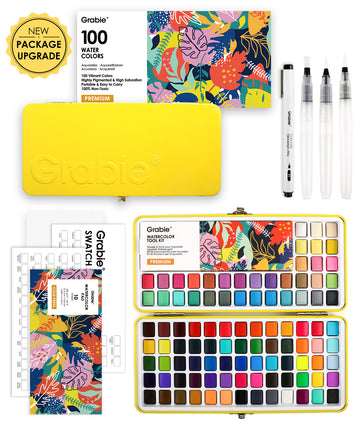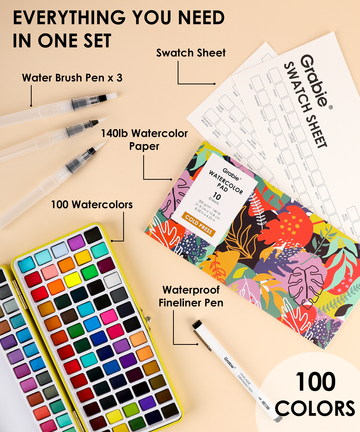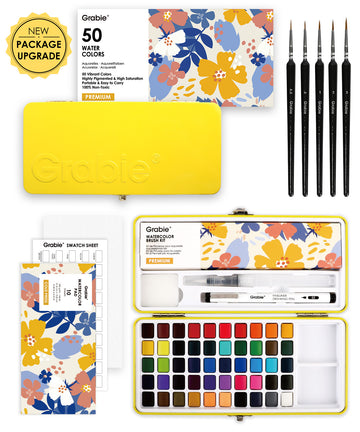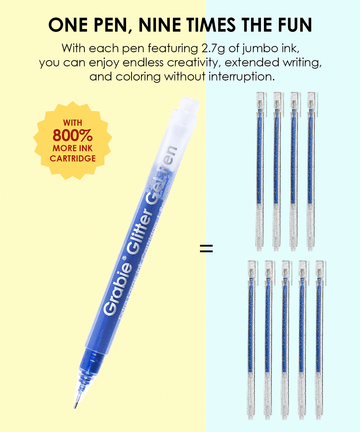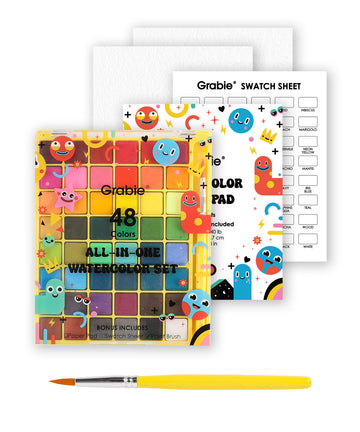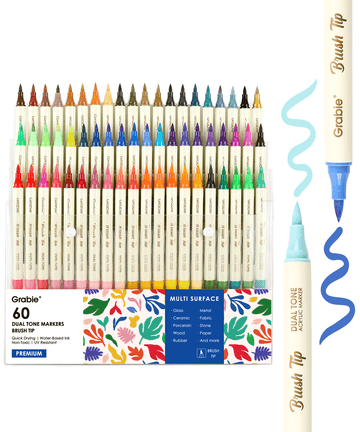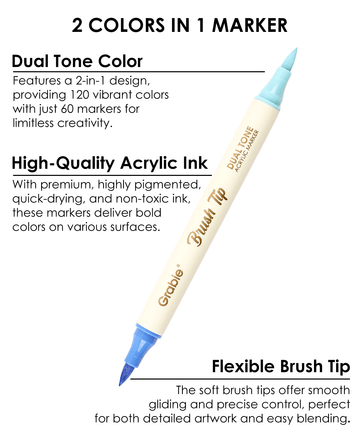What is Acrylic Paint? Complete Introduction to Acrylic Paints
The acrylic paint is a common dispersible painting pigment made of polymethyl methacrylate dissolved in mineral spirits, sometimes called pure acrylic pigments or plastic pigments to distinguish them from those containing acrylic and other water-soluble resins. Acrylic paints are non-yellowing, quick-drying, and easy to wash off with mineral spirits or turpentine, making them suitable for touch-ups in painting preservation jobs, to repair damaged or painted areas.
Product Features of Acrylic Paint
- It can be diluted with water, which is convenient for cleaning;
- Quick drying. The paint dries in minutes after the pen is dropped, rather than having to wait several months before finishing like oil paintings. Painters who like slow-drying characteristic pigments can use retarders to delay the drying time of the pigments;
- After the coloring layer dries, it loses its solubility quickly, and forms a tough, elastic, water-impermeable film. This membrane resembles rubber;
- The color is full, thick and fresh, no matter how it is blended, there will be no "dirty" or "grey" feeling. The coloring layer will never absorb oil and stain;

- The durability of the work is longer. The oil film in the oil painting is easy to oxidize after a long time, and the yellowing and hardening can easily cause the picture to crack. In theory, acrylic film will never become brittle and will never turn yellow;
- The biggest difference between acrylic paint and oil painting is that it has the operational characteristics of general water-based paint, which can be used as both watercolor and gouache;
- Acrylic ointment contains particles, and there are coarse particles and fine particles, which provides convenience for making texture;
- Acrylic paint is poisonous, but will not harm the human body. Just be careful not to accidentally ingest it.
Uses of Acrylic Paint
It can be used for hand-painted wall paintings and other decorative paintings. Acrylic paint is not only soluble in water, but also easily dissolved in oil painting. It is a very good hand-painted paint.
Precautions for Using Acrylic Paint
Acrylic paintings should be painted on a base made of acrylic base paint, not oily bases. Material experts also do not advocate mixing acrylic and oil colors, especially not to paint oil paintings on acrylic substrates, which is mainly for the permanent preservation of works. There is no adverse reaction between acrylic and oil paint. When they are used alternately, their adhesion needs to be tested by time.
How to Remove Acrylic Paint
- Generally, dry acrylic paint cannot be removed from a solid surface if the bond is tight;
- Water and mild solvents will not redissolve propylene;
- Isopropyl alcohol can detach the not-dry pigment film layer. Toluene and acetone can remove paint films, but they do not remove paint stains well and are not selective. The use of solvents can cause all pigment layers to come off, including acrylic primers, etc.;
- Oil and warm soapy water can remove acrylic paint from the skin.
Grabie Best Seller Acrylic Paint
Grabie® acrylic paint is water-based and non-toxic, utilizing high grade pigments and developed to showcase the vibrancy of rich, vivid color. Pick yours best paint now:
- 30 Colors Acrylic Paint Set With Metal Color
- 24 Colors Premium Artist Acrylic Paint Tubes
- 24 Colors Acrylic Paint Set Including 3 Metallic Colors 22ml
- 19 Pcs Professional Acrylic Paint Set
- 24 Colors Professional Acrylic Paint Set
- 12/18/24/ 36 Premium Professional Acrylic Paint Set
- 24 Colors Non-Toxic Acrylic Paint Set 10ML
- 33 Pcs Professional Acrylic Paint Set
- 24 Colors Artist Premium Acrylic Paint
- 24 Colors Acrylic Paint With 3 Paint Brushes














